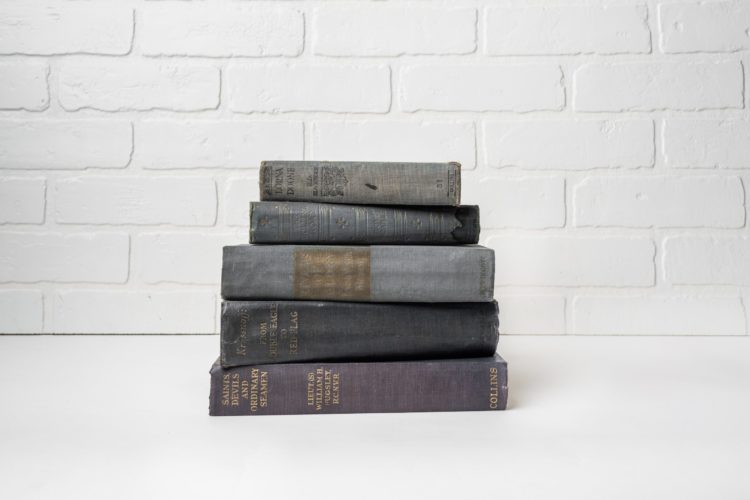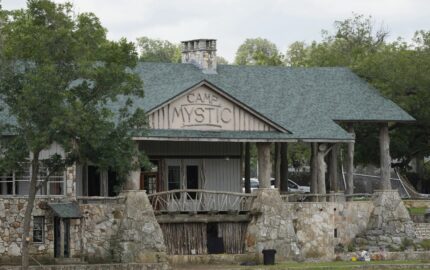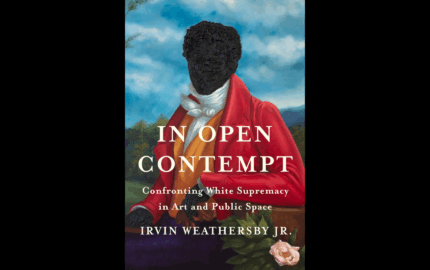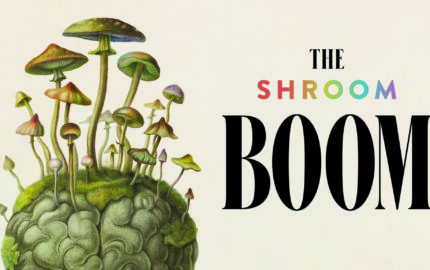By Jacqui Banaszynski
A long-time aspiration of mine has been to read more of the classics. My formal dip into that kind of literature was in high school, reading and discussing the usual suspects. I got to skate past English classes in college because the liberal arts university I attended let us sub journalism credits. That made room in my course schedule to study economics, political science, law and psychology, although I never did more than wade in the shallow end of any of those pools.
It turned out to be a valuable grounding as I found my way in journalism. My start was in small-city newspapers; it helped to have basic language to maneuver in the worlds of cops, courts, business and government. A blue-collar upbringing also gave me practical skills: How to change a tire, sleep outside in winter and repair a coat. Those proved more useful in my reporting days than being able to hold my own in a late-night discussion of "Ulysses" or, shudder at the thought, "Tristram Shandy."
But I still felt I was missing something. A year or two after graduating, I set myself a goal of reading one of the classics each year — a slow self-study. I think I started with "Uncle Tom's Cabin" and reread "To Kill a Mockingbird." I went through most of Steinbeck, a little Hemingway and a gift copy of "Madame Bovary." I made it about three stories up "Seven Story Mountain" and stumble through most poetry. Thanks to Seamus Heaney's translation, I finally understood the power and beauty of "Beowulf." (It helped to read it aloud while road-tripping across Ireland.)
The literary journey kept me engaged and learning. It also felt erratic. I let my insecurity nag at me: Was I reading the right things? Did I understand what I was supposed to take from them? And, at heart, how would I define "classic?" By the standards of whomever had set them over the centuries, which mostly meant white men raised in privilege and the academic institutions they controlled? By the list of "great books" sanctioned by the Great Books Foundation or the select, small universities that build their curricula around a variation on that list? By the annual list of must-read books published by the editors of publishing houses, magazines and newspapers?
The latter, at least, started to welcome long-silenced voices: women, people of color, people from outside the power structure, people from the lower classes. (Warning: If you ever need your tire changed or coat repaired, we could have a late-night discussion about what constitutes "lower.") But still, what was "classic?"
It took me too long to shake off those voices of approval. Not that I don't respect them — I do. I like to consult a smart map when I'm traveling. I also like to turn off on side roads that might take me someplace unexpected and interesting. So I relaxed into my own aspirational reading list:
I still try to include one of the standard classics every year. But an approved and rigid list (my self-study) has softened over time even as my reading interests have expanded. More often now, after a long day immersed in journalism, I indulge in a book that invites me in and doesn't let go until my eyes close with fatigue. Usually those books are a form of modern literature. Some come from my incomplete shelf of Pulitzer Prize winners but more and more from current work recommended by other readers I trust.
But sometimes the books I read are just plain fun, with over-the-top characters, lots of dialogue and blister-fast action. I call it "airplane reading" and don't apologize for it. Nonfiction storytellers need to understand character, dialogue and action and would do well to study everyone from Stephen King to John Sandford to Lee Childs to Louise Penny — or whomever the equivalents are in their languages.
As for "enduring" as a determinate, most often now I define it as a book I want to pass along to a friend.
A long-time aspiration of mine has been to read more of the classics. My formal dip into that kind of literature was in high school, reading and discussing the usual suspects. I got to skate past English classes in college because the liberal arts university I attended let us sub journalism credits. That made room in my course schedule to study economics, political science, law and psychology, although I never did more than wade in the shallow end of any of those pools.
It turned out to be a valuable grounding as I found my way in journalism. My start was in small-city newspapers; it helped to have basic language to maneuver in the worlds of cops, courts, business and government. A blue-collar upbringing also gave me practical skills: How to change a tire, sleep outside in winter and repair a coat. Those proved more useful in my reporting days than being able to hold my own in a late-night discussion of "Ulysses" or, shudder at the thought, "Tristram Shandy."
But I still felt I was missing something. A year or two after graduating, I set myself a goal of reading one of the classics each year — a slow self-study. I think I started with "Uncle Tom's Cabin" and reread "To Kill a Mockingbird." I went through most of Steinbeck, a little Hemingway and a gift copy of "Madame Bovary." I made it about three stories up "Seven Story Mountain" and stumble through most poetry. Thanks to Seamus Heaney's translation, I finally understood the power and beauty of "Beowulf." (It helped to read it aloud while road-tripping across Ireland.)
The literary journey kept me engaged and learning. It also felt erratic. I let my insecurity nag at me: Was I reading the right things? Did I understand what I was supposed to take from them? And, at heart, how would I define "classic?" By the standards of whomever had set them over the centuries, which mostly meant white men raised in privilege and the academic institutions they controlled? By the list of "great books" sanctioned by the Great Books Foundation or the select, small universities that build their curricula around a variation on that list? By the annual list of must-read books published by the editors of publishing houses, magazines and newspapers?
The latter, at least, started to welcome long-silenced voices: women, people of color, people from outside the power structure, people from the lower classes. (Warning: If you ever need your tire changed or coat repaired, we could have a late-night discussion about what constitutes "lower.") But still, what was "classic?"
Relaxing and redefining a reading list
It took me too long to shake off those voices of approval. Not that I don't respect them — I do. I like to consult a smart map when I'm traveling. I also like to turn off on side roads that might take me someplace unexpected and interesting. So I relaxed into my own aspirational reading list:
- I wanted to read books that endured through time so I could understand, a bit, why they had.
- I wanted to read books that gave me a glimpse of society, culture, power and struggles at various times in history.
- I wanted to read books that served as a foundation for those cultural beliefs and struggles. (My mother wasn't much for institutional religion but had read the Bible in entirety, probably more than once. Her Catholic-raised daughter, who studied at a Jesuit university, knows far less about the origins that still influence our views, language, metaphors, literary allusions and, sigh, politics.)
- I wanted to read books that let me into the rhythms of writing and foundational structures of story. (It took me several viewings and a lot of coaching by Mountain Editor to realize that HBO's "Deadwood" was Shakespeare in different clothes and with a lot more F-bombs. I still let myself be intimidated by the Russian classics and, try as I might, haven't gotten past the first few pages of "Anna Karenina.")
- I wanted to read books about there-and-then that could inform my perspectives about here-and-now.
- I wanted to read books that made me stretch, so some sci-fi, some translated work, the occasional graphic novel.
- I wanted to read books by authors I admire to see if and how their work has developed over time. Examples: Barbara Kingsolver, Louise Erdrich, Celeste Ng, Anthony Doerr.
- I wanted to find early books by authors I didn't discover until later in their careers. How did they start?
- I wanted to balance my preference for fiction with a bit more nonfiction, especially biography and history.
- And, perhaps most important, I wanted to read books that sparked my joy of reading. No offense to Laurence Sterne, but I doubt I'll ever get to "Tristram Shandy."
I still try to include one of the standard classics every year. But an approved and rigid list (my self-study) has softened over time even as my reading interests have expanded. More often now, after a long day immersed in journalism, I indulge in a book that invites me in and doesn't let go until my eyes close with fatigue. Usually those books are a form of modern literature. Some come from my incomplete shelf of Pulitzer Prize winners but more and more from current work recommended by other readers I trust.
But sometimes the books I read are just plain fun, with over-the-top characters, lots of dialogue and blister-fast action. I call it "airplane reading" and don't apologize for it. Nonfiction storytellers need to understand character, dialogue and action and would do well to study everyone from Stephen King to John Sandford to Lee Childs to Louise Penny — or whomever the equivalents are in their languages.
As for "enduring" as a determinate, most often now I define it as a book I want to pass along to a friend.



